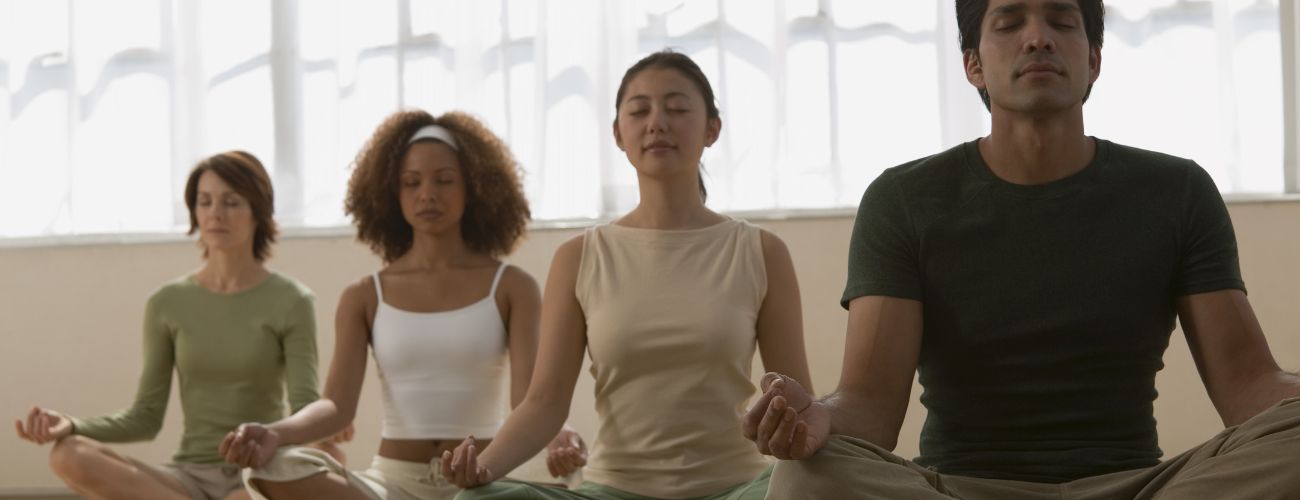As we all start our days, we would love to be able to wake up gently from a wonderful night’s rest, have a gentle but deep stretch, and then get out of bed to begin your calm and well-organized day. Although this is the ideal morning for most, it’s rarely what actually occurs. Most mornings, we wake up to the sound of an annoying alarm, you feel like you just closed your eyes moments ago, and are immediately flooded with thoughts of: To-Do’s, missed emails, pending deadlines, reminding yourself to have those crucial conversations, and wondering if you remembered to feed the dog and/or kids last night!
We each have competing commitments, tasks, and goals we want to accomplish that create or add stress to our lives. Although we can’t always control what caused those stressful moments in life, despite how much we try to do so, we can each choose how we allow ourselves to experience those moments. This is never an easy task, but if we start with one fundamental step, which is to control our breath, the benefits are exponential. When the feelings of stress, anxiety, excitement, fear, frustration, anger…etc. begin to fill our mind and body, we can consciously choose to take a moment and notice how we are breathing and feeling.
Once you have acknowledged that moment, the first deep breath in and slow exhale out will help to immediately focus your attention and anchor you to the moment. Being present with our breath allows us to take the opportunity to slow down the moment, the problem, or the crisis and begin to rationally and logically think through how to move forward. When we feel like we cannot control anything in our busy lives, one of the most important things we can do is realize that you can in fact control at least one thing, your breath. If you can successfully control that, what else can you potentially do?! The initial goal with the first breath is to turn off the “fight or flight” stress response and engage the rational, logical, and creative problem-solving part the brain.
Below are some basic breathing exercises that you can use. Provided by Healthline.com. https://www.healthline.com/health/breathing-exercise
- Pursed lip breathing
-
- Relax your neck and shoulders.
- Keeping your mouth closed, inhale slowly through your nose for 2 counts.
- Pucker or purse your lips as though you were going to whistle.
- Exhale slowly by blowing air through your pursed lips for a count of 4.
- Diaphragmatic breathing
-
- Lie on your back with your knees slightly bent and your head on a pillow.
- You may place a pillow under your knees for support.
- Place one hand on your upper chest and one hand below your rib cage, allowing you to feel the movement of your diaphragm.
- Slowly inhale through your nose, feeling your stomach pressing into your hand.
- Keep your other hand as still as possible.
- Exhale using pursed lips as you tighten your stomach muscles, keeping your upper hand completely still.
- Breath focus technique
-
- Sit or lie down in a comfortable place.
- Bring your awareness to your breaths without trying to change how you’re breathing.
- Alternate between normal and deep breaths a few times. Notice any differences between normal breathing and deep breathing. Notice how your abdomen expands with deep inhalations.
- Note how shallow breathing feels compared to deep breathing.
- Practice your deep breathing for a few minutes.
- Place one hand below your belly button, keeping your belly relaxed, and notice how it rises with each inhale and falls with each exhale.
- Let out a loud sigh with each exhale.
- Begin the practice of breath focus by combining this deep breathing with imagery and a focus word or phrase that will support relaxation.
- You can imagine that the air you inhale brings waves of peace and calm throughout your body. Mentally say, “Inhaling peace and calm.”
- Imagine that the air you exhale washes away tension and anxiety. You can say to yourself, “Exhaling tension and anxiety.”
- Equal breathing
-
- Choose a comfortable seated position.
- Breathe in and out through your nose.
- Count during each inhale and exhale to make sure they are even in duration. Alternatively, choose a word or short phrase to repeat during each inhale and exhale.
- You can add a slight pause or breath retention after each inhale and exhale if you feel comfortable. (Normal breathing involves a natural pause.)
- Continue practicing this breath for at least 5 minutes.
- Resonant or coherent breathing
-
- Inhale for a count of 5.
- Exhale for a count of 5.
- Continue this breathing pattern for at least a few minutes.


